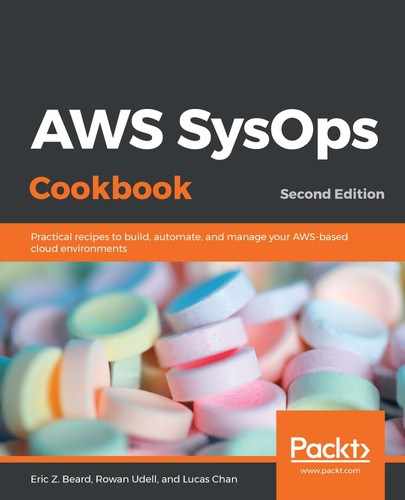One important thing to remember about CloudFormation is that it's more or less just making API calls on your behalf. This means that CloudFormation will assume the very same permissions or role you use to execute your template. If you don't have permission to create a new hosted zone on Route 53, for example, any template you try to run that contains a new Route 53-hosted zone will fail.
On the flip side, this has created a somewhat tricky situation where anyone developing CloudFormation typically has a very elevated level of privileges, and those privileges are somewhat unnecessarily granted to CloudFormation each time a template is executed.
If my CloudFormation template contains only one resource, which is a Route 53-hosted zone, it doesn't make sense for that template to be executed with full admin privileges to my AWS account. It makes much more sense to give CloudFormation a very slim set of permissions to execute the template with, thus limiting the blast radius if a bad template were to be executed (that is, a bad copy-and-paste operation resulting in deleted resources).
Thankfully, you can use service roles to define an IAM role and tell CloudFormation to use that role when your stack is being executed, giving you a much safer space to play in.
